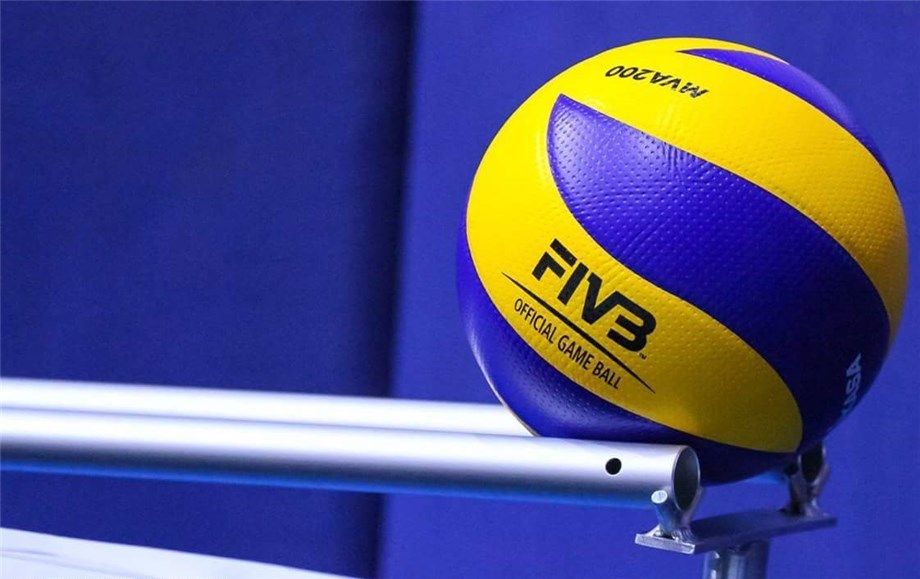Technologically, volleyball is a rather simple game. There’s a ball, inflated with air, two posts, and a net. The biggest technological advancement in the last generation of volleyball has been the camera review systems first implemented at last summer’s Olympic games – which were overall successful, even if there were still a few kinks to work out.
Perhaps motivated to jam as much technology as possible in, FIVB has introduced a new ball transport system to send volleyballs from one end of a court to another. An official in attendance posted a video of the decide on their Facebook page last week:
Women’s Club World Championship introduces new ball transport system
由 Arbitre Referee 发布于 2016年10月17日
The system, designed by Eventcourt and produced by Senoh of Japan, was created for the purpose of “increased visibility for sponsors,” according to the Asian Volleyball Confederation. Basically, the human ball retrievers will still be used, but by implementing the new transport system, LED advertisement signs won’t be blocked by humans standing in front of them. The track instead runs behind the LED signs.
The new ball transport system was tested during the Philippine Superliga (PSL) matches on Saturday, October 8.
“The Philippine Superliga is privileged to be chosen by Eventcourt to test the new ball transport system,” said PSL President Ramon Suzara. “This is just one of the many innovations that will be introduced at the FIVB Volleyball Women’s Club World Championship. Volleyball has gained a big edge over other sports because it continues to make the game interesting for spectators and sponsors through these innovations.”
Criticisms of the new system include the cost and time consumed to install them, where a few volunteers or paid local youth players could do the trick more efficiently; however, for professional and international level matches, the costs of the system can be far outweighed by the potential increased revenue from keeping sponsors happy.

Leave a Reply